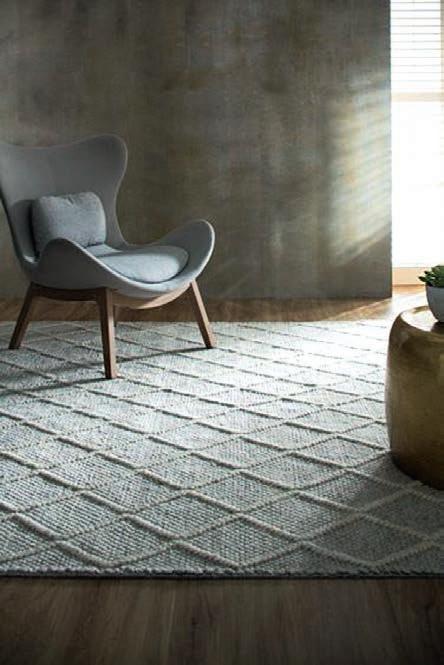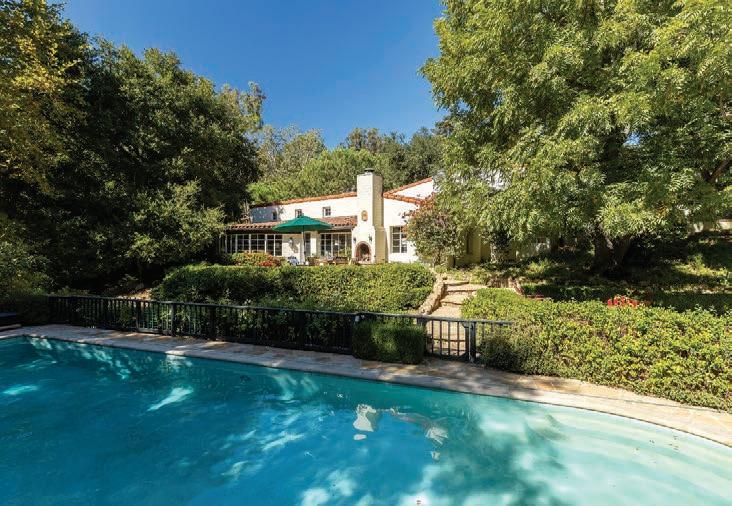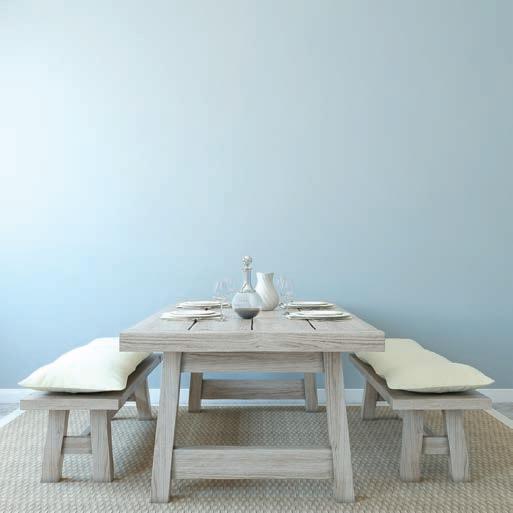
5 minute read
Expert advice
design dream
With Cassandra Fenaughty
Advertisement
Cassandra Fenaughty is a landscape architect with more than 20 years’ experience. She’s the founder and owner of an innovative new renovation design consultancy, creating photo-real renovation concepts for clients looking to visualise their dream renovation before it begins. For more visit cassandrafenaughty.com.
GREEN THUMB My Renovation reader Janie asks, “I’m considering converting a small lawn into an area with wild/
ornamental grass tussocks and small flowering shrubs interspersed with pebbles. I’m wondering how best to get rid of the grass so it doesn’t grow back through the pebbles? Some of the grass could potentially be used to patch up another lawn. Also, there’s a concrete path at the side of the area which turns into small pavers. I’d like to put a floating wooden pathway over the concrete and pavers and would appreciate any tips on how to how best to do this. CASSANDRA SAYS Thank you for your question, it sounds as though you have a great vision for a beautiful coastal style garden.
There are two ways you can prepare the area for the pebbles and remove the turf: • Excavate the area to approximately 80-120 millimetres deep to remove all grass roots and matter. If you do this with a sharp spade you will be able to transplant the squares of turf to another area. You can also hire a turf cutter, which may be easier if you have a large area. •Slightly moist, but not wet soil is ideal for cutting. When transplanting turf ensure the area you are transplanting to is weed free, cultivated and levelled out. Lay turf, top dress any gaps with sandy soil and water daily for the first week, then two to three times a week for the next couple of weeks, depending on the weather. For the pebble areas, firstly cover the bare ground with either weed matting or a few of layers of newspaper, rake out pebbles over the weed mat or newspaper to 80-100 millimetres deep. • If you are only transplanting a small area of turf and want to simply kill off the rest of the grass you will need to plan ahead a little more. Choose a dry day to spray the area with a chemical glyphosate-based herbicide spray or natural alternative such as a white vinegar mix. In a couple of days the grass will start to die off , then you can cover the area with either weed matting or a few of layers of newspaper. Simply rake out pebbles over the weed mat or newspaper to 80-100 millimetres deep.
Over time leaf litter will eventually create pockets of organic matter amongst the pebbles that weed and grass seeds can grow in. You can keep on top of this by regularly hand weeding,
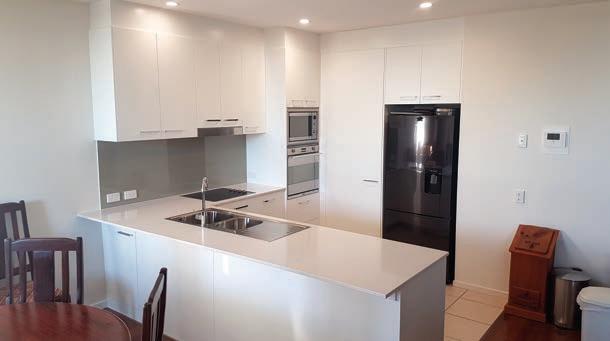
using boiling water over unwanted weeds and grass, or using a safe herbicide spray.
There are also a few ways you can build a timber pathway over the top of your concrete area. First, build a substructure that is connected to the concrete, then you can fix your decking or sleepers to the top of the substructure. The distance the substructure components need to be spaced depends on the thickness of the decking or sleepers you are using on top. A timber supplier will be able to advise you on the appropriate spans. Two examples of how to create your substructure are: • Off -the-shelf systems: There are a variety of these systems available, designed for decks over existing hardstand. The systems usually start with adjustable support feet or pedestals that are bolted into the slab and adjusted in height to easily achieve the levels you need. Then either bearers and/or joists, or prefabricated decking bases are attached to these feet. The decking material is then screwed down. • DIY composite joists: To ensure longevity, a composite material joist made from recycled plastic is worth considering. This can be bolted straight into the concrete slab. Pre-drill holes in the concrete and joists, drop the bolts through the joists and chemset into the concrete below.

Fix your deck or sleepers to the top as per specifications. Always do the calculations of the heights of the joists and decking to ensure your deck has a 75 millimetre gap to weep holes and isn’t higher than doorway thresholds. Remember to make sure your existing concrete slab falls away slightly from the walls.
In the section that is paving, see if your pavers are glued to a concrete slab. If they are you will need to drill through them. If they are on natural ground or compacted roadbase, you should pull them up and build a traditional deck in that area with concrete footings, stirrups, bearers and joists as the sub-structure.
Do you have a burning renovation or landscaping question? Let us know! You can email your questions for Cassandra to cholznagel@ myweeklypreview. com.au ask us
Largest supplier of glass pool fencing on the Sunshine Coast We offer an extensive range of products directly from the warehouse
GLASS POOL FENCING
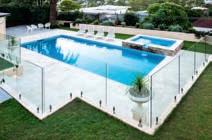
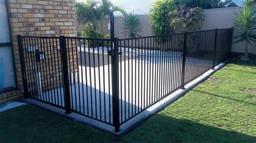
ALUMINIUM FENCING
EXCELLENT QUALITY AND SERVICE AT THE LOWEST PRICES Ask us about our promotional offers & special discounts ALUMINIUM SCREENING SLIDING GATES
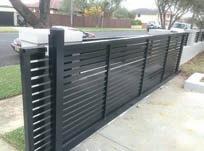
Ph: 07 5493 9779 Unit 2, 5 Dual Avenue, Warana
www.blitzglass.com.au QBCC 1283627
Super Cheap Quality Decorative Outdoor Screening!
While Stocks Last!
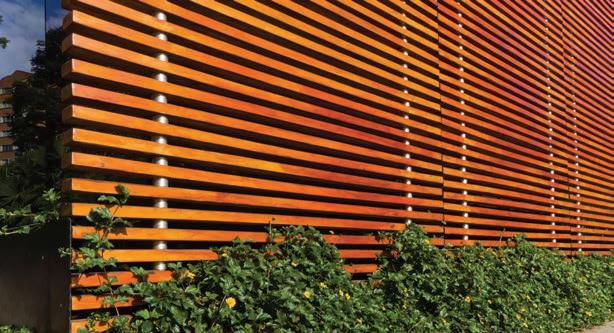
Turn your entertaining area into your own oasis Different Sizes and lengths available
• Planter boxes made to order (any size) • Fencing • Decking & stains
• Material for pergolas • Steel gate frames made to order
• Sleepers • Spotted gum • Logs • F14 Hardwood • Hoop pine
• Kiln dried Merbau • Hardware to suit most jobs
Life Time TIMBERS




